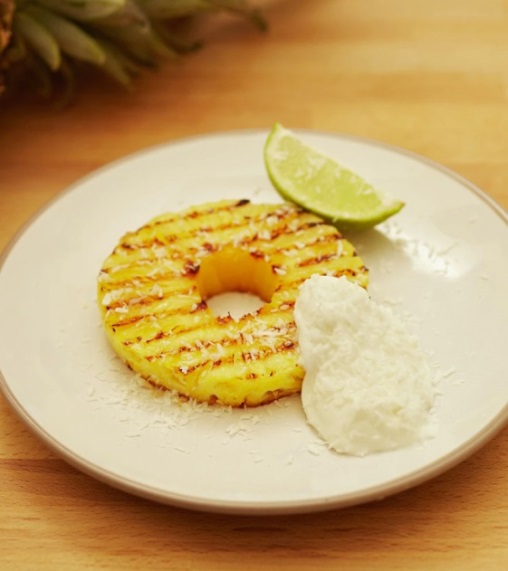Types of sugar
What is sugar?
Sugar is a carbohydrate found naturally in a range of different foods, from lactose in milk to fructose in fruit and honey, so what is the truth about sugar? There are two types of sugar: naturally occurring sugars (such as the lactose in milk and sugars found in fruit and vegetables) and added or ‘free’ sugars that include refined table sugar (sucrose) as well as concentrated sources like fruit juice, honey and syrups.
How much sugar can we consume per day?
Public Health England advise we cut back on the ‘free sugars’.
The government recommendations are that only 5% of your daily calorie intake should consist of added, or ‘free’ sugars. This is approximately seven sugar cubes (30g). Children should have less – no more than 19g a day for children aged 4-6 years old (five sugar cubes), and no more than 24g (six sugar cubes) for children aged 7-10 years old.
Why is sugar bad for you?
If you exercise regularly some sugar in your diet helps provide energy to fuel your muscles and keep your brain active. The main problem for many of us is that the majority of the processed foods we eat – especially, those advertised to children –contain added sugar which provides energy in the form of calories with no nutritional value, so we end up eating more than we need. Foods include chocolate, biscuits, fizzy drinks, fruit juices, ice creams, cakes, sweets, puddings and desserts. A high intake of sugar has an impact on our health and affects our blood sugar levels causing us to feel tired and crave more sugar, weight gain, diabetes and tooth decay.
Hidden sources of sugar
A lot of the everyday processed foods, from cereals and breads to pasta sauces and soups, contain sugar. Even low fat and diet foods such as yoghurts and cereals bars, savoury foods like ready meals, tomato ketchup, baked beans, flavoured crisps and chutneys contain sugar.
How to cut back on sugar
- Drink water instead of fizzy drinks and cordial drinks
- Reduce the amount of sugar you have in your tea or coffee
- Try herbal teas
- Read the ingredients on products and look out for hidden sugars such as syrups
- Try porridge or weetabix instead of cocoa pops and other sugary cereals
- Opt for no added sugar drinks
- 150ml glass of fruit juice counts as your 5 a day but remember juices and smoothies contain a lot of sugar
- Include fruit into your diet and add it into your cereal for natural sweetness
- Try plain yoghurt with fresh fruit instead of fruit yoghurt which can contain a lot of sugar
- Read food labels – anything 5g per 100g or below of carbohydrates of which sugars is low.
- If you have jam, nutella or honey on toast, apply a thin spread or swap it for peanut butter, cheese or eggs on toast
- Try oatcakes, bread sticks with a dip or raw vegetables as a healthy snack instead of a sugary snack
In our recent cook and eat session parents made a healthy pudding to combat their sugar cravings – see below.
Chargrilled pineapple recipe
Serves 4-6
Ingredients
- 1 pineapple (fresh / tinned pineapple)
- 1 lime, cut into wedges (optional)
- 4 tsp desiccated coconut
- 2 tbsp zero-fat Greek-style yoghurt (optional)
Method
Open the tin of pineapple drain out the juice,
Place the pineapple ring on a frying pan and cook for a 2-3 minutes each side.
Sprinkle desiccated coconut, serve with lime and yoghurt if you prefer
Try other fruits such as mango, peaches, strawberries, bananas
Find out more about sugars and healthy recipes
Find out how much sugar, salt and fat is in your food!
The Change4Life Be Food Smart app is designed to quickly and easily show how much sugar, saturated fat and salt is in your food and drink – just by scanning the barcode using your mobile phone.
Download the FREE Be Food Smart app on the Apple App Store or Google Play
For more information about eating well visit our Eating page
Gopika Papiah
Children’s Healthy Weight Advisor
View posts by category:
